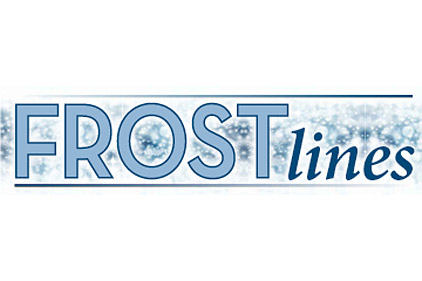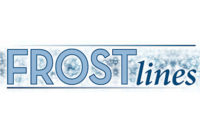One of the latest examples of this ever-changing situation came in an announcement dated Aug. 15. It was from the Environmental Protection Agency (EPA) and said it had released “new eligibility requirements and revised specifications for home appliances” including refrigerators and home freezers.
The actions relate to Energy Star qualified products and equipment.
In the section specifically related to refrigeration, the EPA said, “Energy Star is considering significant changes to the refrigerator specifications that will enable consumers to more easily identify the top performers. On July 11, EPA released a Framework Document for the Version 5.0 specification revision. This framework presented EPA’s reassessment of the current criteria and discussed possible changes under consideration. Through these changes, EPA hopes to better enable consumers to identify the most efficient refrigerators, irrespective of configuration, to address high market share for certain energy-intensive configurations, and to address the concerns that refrigerators with high absolute energy consumption can quality for the Energy Star. EPA is also considering proposals around foam-blowing agents and smart grid functionality. Research indicates that significant GHP emissions savings may be obtained through the adoption of low Global Warming Potential (GWP) foam-blowing agents. The final specifications will be finished in early 2012.”
So the latest developments are pretty much in residential. But there is no doubt such changes will also reach the commercial sector. That’s because Energy Star still carries a lot of weight among commercial refrigeration manufacturers. Go to refrigeration-focused tradeshows and look at the equipment. It is very important that manufacturers make it clear that they have equipment that meets California Energy Commission minimum requirements — and that the equipment is Energy Star recognized. Those manufacturers also make it clear that they have equipment that meets the most up-to-date standards from such recognizing entities.
One would suspect that manufacturers will be watching California and Washington as closely as they watch sales figures.
Publication date: 09/26/2011








